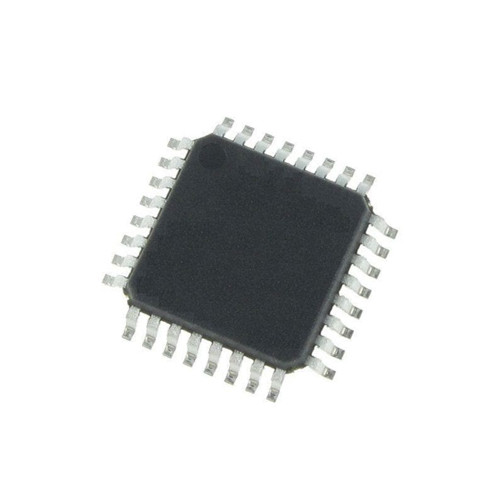-
STMicroelectronics
SKU: 033-STM32F407VET6
STM32F407VET6 - 3.6V 32-bit RISC 512Kb Flash Arm Cortex-M4 MCU DSP FPU ART Accelerator 100-Pin LQFP
₹265.00 ex. GSTShipped in 24 Hours from Mumbai WarehouseOnly 1 in stock -
STMicroelectronics
SKU: 033-STM32G030F6P6TR
STM32G030F6P6TR - Arm Cortex-M0+ 32Bit MCU 32Kb Flash 8Kb RAM 64MHz CPU 20Pin TSSOP
₹69.00 ex. GSTShipped in 24 Hours from Mumbai Warehouse708 in stock -
STMicroelectronics
SKU: 033-STM32G070CBT6
STM32G070CBT6 - Arm Cortex-M0+ MCU 128Kb Flash 36Kb RAM 64MHz 48Pin LQFP
₹225.00 ex. GSTShipped in 24 Hours from Mumbai Warehouse344 in stock -
STMicroelectronics
SKU: 033-STM32F103C8T6TR
STM32F103C8T6 - 32bit ARM Cortex M3 Microcontroller 72MHz 64kB Flash 48-Pin LQFP
₹99.00 ex. GSTUsually Delivered in 2-5 DaysOnly 11 in stock -
STMicroelectronics
SKU: 033-STM32F103VCT6
STM32F103VCT6 - 32-bit ARM Cortex-M3 Microcontroller 256KB Flash 100-Pin LQFP
₹195.00 ex. GSTUsually Delivered in 2-5 Days241 in stock -
STMicroelectronics
SKU: 033-STM32F103CBT6
STM32F103CBT6 - 32-bit ARM Cortex-M3 Microcontroller 128KB Flash 48-Pin LQFP
₹148.00 ex. GSTUsually Delivered in 2-5 DaysOnly 10 in stock -
Microchip Technology
SKU: 024-ATMEGA328P-AU
ATMEGA328P-AU - picoPower 8-bit AVR RISC Microcontroller 32KB Flash 32-Pin TQFP
₹145.00 ex. GSTUsually Delivered in 2-5 DaysOnly 9 in stock -
STMicroelectronics
SKU: 033-STM32L431CCT6TR
STM32L431CCT6TR - Microcontroller 32-Bit Arm Cortex-M4 256KB Flash 48Pin LQFP
₹478.00 ex. GSTShipped in 24 Hours from Mumbai Warehouse33 in stock -
STMicroelectronics
SKU: 033-STM32G030K6T6TR
STM32G030K6T6TR - Microcontroller 32-Bit ARM Cortex-M0+ 32KB Flash 32Pin LQFP
₹69.00 ex. GSTShipped in 24 Hours from Mumbai Warehouse152 in stock -
STMicroelectronics
SKU: 033-STM32G070RBT6
STM32G070RBT6 - Arm Cortex-M0+ 32Bit MCU 128Kb Flash 36Kb RAM 64MHz 64Pin LQFP
₹105.00 ex. GSTShipped in 24 Hours from Mumbai WarehouseOnly 19 in stock -
STMicroelectronics
SKU: 033-STM8S003F3P6TR
STM8S003F3P6TR - 8bit MCU 8Kb Flash 16MHz CPU EEPROM Microcontroller 20Pin TSSOP
₹29.00 ex. GSTShipped in 24 Hours from Mumbai Warehouse779 in stock -
STMicroelectronics
SKU: 033-STM32F070F6P6
STM32F070F6P6 - Arm Cortex-M0 32-bit MCU 32KbFlash 48MHz CPU USB 20Pin TSSOP
₹62.00 ex. GSTShipped in 24 Hours from Mumbai Warehouse1973 in stock -
STMicroelectronics
SKU: 033-STM32F105RBT6
STM32F105RBT6 - Arm Cortex-M3 MCU 128Kb Flash 72MHz CPU, CAN, USB2.0 OTG 64Pin LQFP
₹225.00 ex. GSTShipped in 24 Hours from Mumbai Warehouse15 in stock -
STMicroelectronics
SKU: 033-STM32G070KBT6
STM32G070KBT6 - 32bit 64MHz 128KB Flash 36KB RAM Arm Cortex-M0+ MCU 32Pin LQFP
₹149.00 ex. GSTShipped in 24 Hours from Mumbai WarehouseOnly 3 in stock -
STMicroelectronics
SKU: 033-STM32F072RBT6
STM32F072RBT6 - 3.6V 32-bit RISC 128Kb Flash Arm Cortex-M0 MCU USB CAN CEC 64-Pin LQFP
₹175.00 ex. GSTShipped in 24 Hours from Mumbai Warehouse35 in stock -
STMicroelectronics
SKU: 033-STM32F107VCT6
STM32F107VCT6 - 32-bit ARM Cortex-M3 Microcontroller 256KB Flash 100-Pin LQFP
₹285.00 ex. GSTUsually Delivered in 2-5 Days39 in stock -
STMicroelectronics
SKU: 033-STM32F103VET6
STM32F103VET6 - 32-bit ARM Cortex-M3 Microcontroller 512KB Flash 100-Pin LQFP
₹285.00 ex. GSTUsually Delivered in 2-5 Days29 in stock -
STMicroelectronics
SKU: 033-STM32F103RET6
STM32F103RET6 - 32-bit ARM Cortex-M3 Microcontroller 512KB Flash 64-Pin LQFP
₹298.00 ex. GSTUsually Delivered in 2-5 Days24 in stock -
Microchip Technology
SKU: 024-ATMEGA2560-16AU
ATMEGA2560-16AU - 8-bit AVR RISC Microcontroller 256KB Flash TQFP-100
₹1,250.00 ex. GSTUsually Delivered in 2-5 Days11 in stock -
STMicroelectronics
SKU: 024-PIC16F1936-I/SS
PIC16F1936-I/SS - 8-bit Microcontroller MCU - 14kB Flash, 10-bit ADC, 32MHz, SSOP-28
₹213.00 ex. GSTShipped from Mumbai Warehouse. Price is inclusive of import duty and GST.18 in stock -
Microchip Technology
SKU: 024-PIC16F1937-I/PT
PIC16F1937-I/PT - 8-bit Microcontroller MCU - 14kB Flash, 36 I/O, 32MHz, TQFP-44
₹213.00 ex. GSTShipped from Mumbai Warehouse. Price is inclusive of import duty and GST.23 in stock -
Microchip Technology
SKU: 024-PIC16F1947-I/PT
PIC16F1947-I/PT - 8-bit Microcontroller MCU - 28kB Flash, 10-bit ADC, 32MHz TQFP-64
₹259.00 ex. GSTShipped from Mumbai Warehouse. Price is inclusive of import duty and GST.14 in stock -
STMicroelectronics
SKU: 033-STM8L151K6T6
STM8L151K6T6 8-bit Microcontroller MCU 16kB Flash 12-bit ADC LQFP-32
₹137.00 ex. GSTShipped from Mumbai Warehouse. Price is inclusive of import duty and GST.25 in stock -
STMicroelectronics
SKU: 033-STM32F103CBT6TR
STM32F103CBT6TR - 32-bit ARM Cortex-M3 MCU 128KB LQFP-48
₹198.00 ex. GSTShipped in 24 Hours from Mumbai Warehouse161 in stock

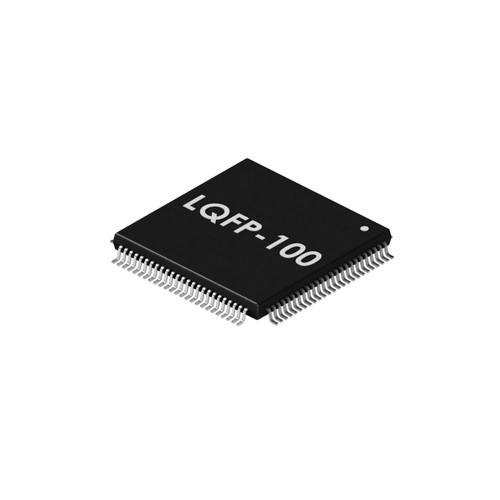




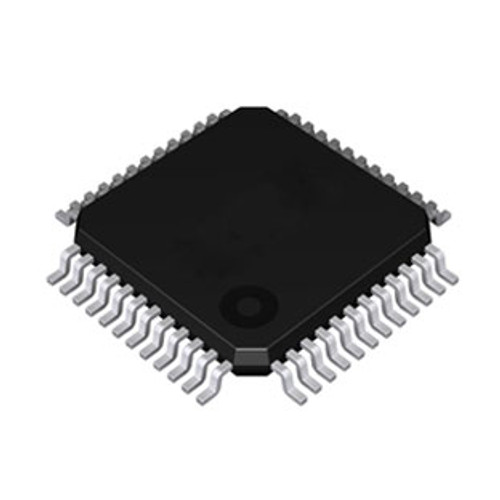
__29826.1654760852.jpg?c=2)
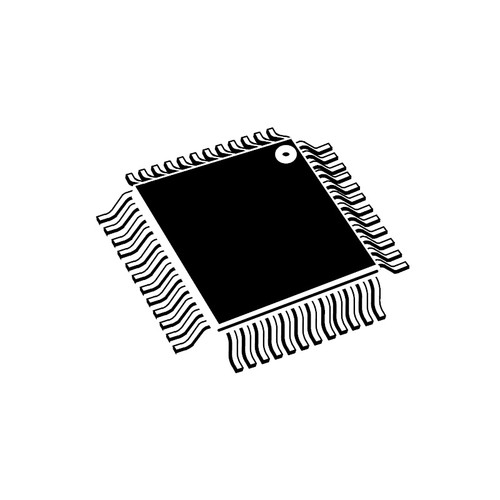
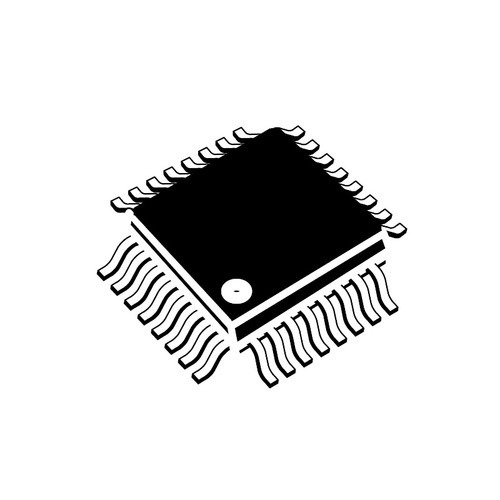




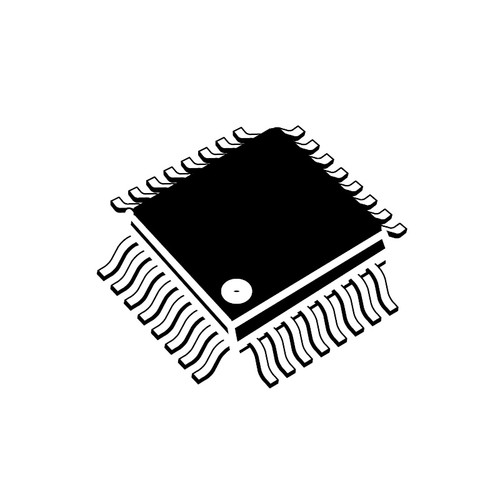


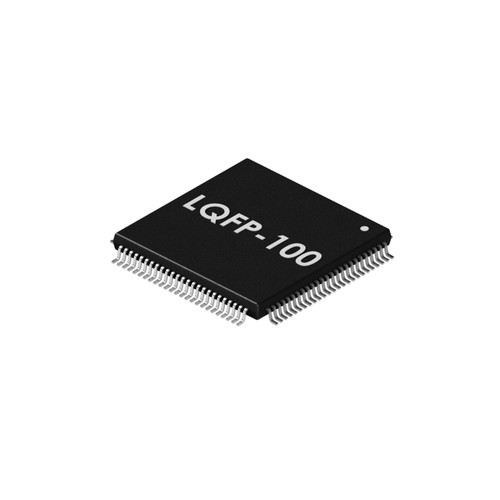

__02955.1571806391.jpg?c=2)



